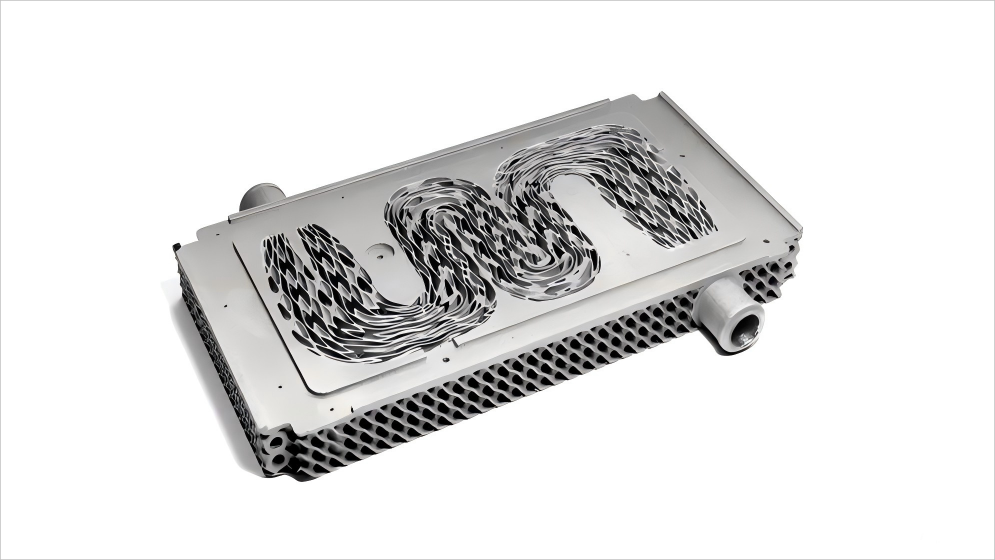3D Printed Pure Copper Radiator
With outstanding thermal conductivity, flexible structural design, and high-efficiency manufacturing, 3D printed pure copper radiators have been successfully implemented across various industries and continue to expand their application scenarios. These radiators can be precisely optimized to meet requirements for fluidity, heat transfer efficiency, and compact structures, effectively overcoming the limitations of traditional manufacturing in processing complex geometries and high-surface-area designs. Moreover, we have pioneered innovative metal 3D printing techniques, such as short-wavelength laser and multi-wavelength laser compounding, offering comprehensive solutions for 3D printing of highly reflective metals, refractory metals, and precious metals. As a result, 3D printed pure copper radiators are emerging as a promising frontier in the field of thermal management.





